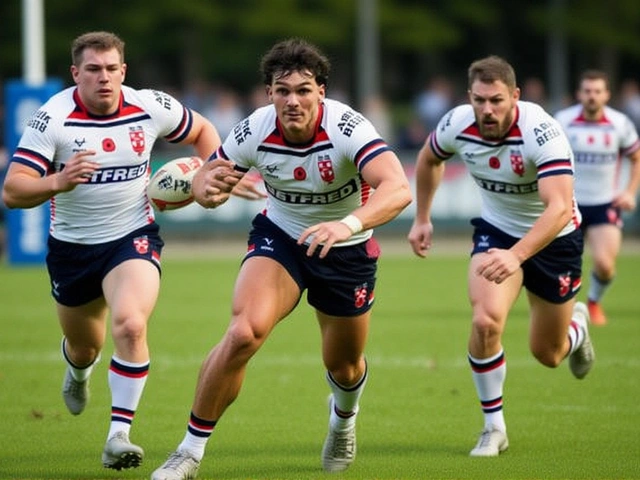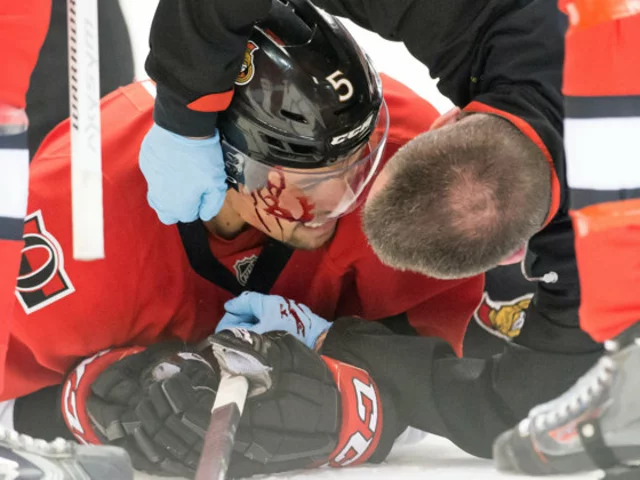Horrific Injuries in Hockey – Real Risks, Real Answers
You’ve probably seen a player hit the ice hard and wondered if they’re okay. Some injuries are just scary, and they can end a career fast. In this guide we break down the worst kinds of hockey injuries and give you practical tips to stay safe.
Common Types of Horrific Injuries
First off, most of the scary injuries involve the head, spine, or joints. A concussion is the most talked‑about head injury – a hard hit can make the brain bounce inside the skull, leading to dizziness, memory loss, or worse. Spinal injuries happen when a player lands awkwardly after a collision or a fall, and they can cause temporary numbness or permanent damage.
Broken bones are also common, especially in the collarbone, wrist, or leg. A high‑speed slap shot can crack a rib or shatter a wrist if a player tries to block it with the wrong technique. Knee ligament tears, like ACL ruptures, often occur when a player twists suddenly while skating.
How to Reduce the Risk
Good equipment is the first line of defense. A properly fitted helmet with a full‑face cage protects both the skull and the face. Make sure the helmet sits level on the head, and replace it after any hard impact.
Neck and spine guards add extra cushioning, especially for younger players who are still mastering balance. Shoulder pads, shin guards, and mouth guards should cover every vulnerable spot without restricting movement.
Technique matters as much as gear. When checking, keep your shoulders low and aim for the opponent’s torso, not the head. Learning how to fall safely – rolling onto your side and protecting your head – can cut down on concussion risk.
Strength training off the ice builds the muscles around the joints, giving them more support during game‑time crashes. Core workouts, especially planks and deadbugs, improve balance and reduce wobble that leads to awkward falls.
Finally, follow the rules. Penalties for dangerous hits are there for a reason, and respecting them keeps everyone safer. If you see a teammate or opponent take a hard hit, call for medical help right away – the faster the response, the better the outcome.
Horrific injuries are a real part of hockey, but they don’t have to be inevitable. With the right gear, solid technique, and a focus on fitness, you can play hard while keeping the risk low. Stay aware, stay protected, and enjoy the game.

What have been some of the most horrific injuries in Ice Hockey?
In my years following Ice Hockey, I've seen some truly horrific injuries that left me stunned. One of the most gruesome was Clint Malarchuk's neck injury in 1989, where a skate blade sliced his jugular vein, leading to a life-threatening situation. The heartbreaking career-ending eye injury of Bryan Berard in 2000 was another devastating blow. Richard Zednik's 2008 neck injury was equally shocking, when he accidentally got cut by his teammate's skate. It's a brutal reminder of the risk these athletes take every time they step on the ice.
View More



